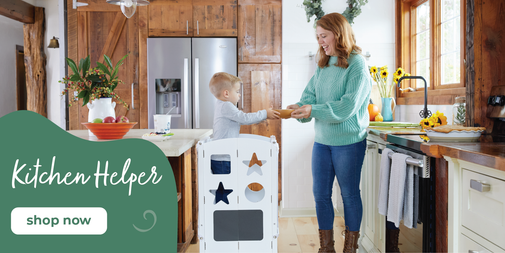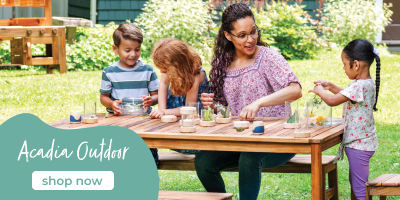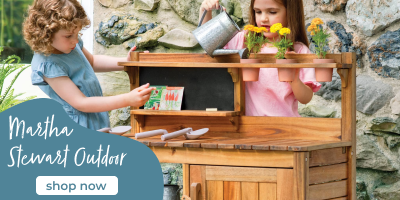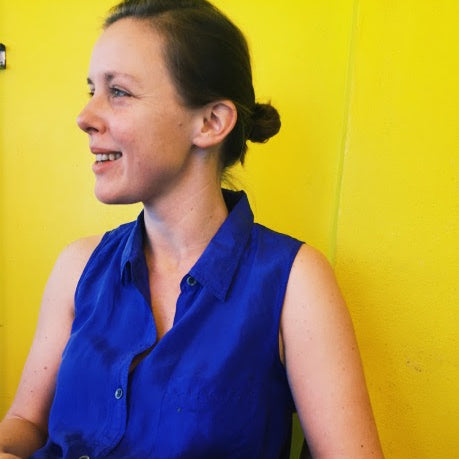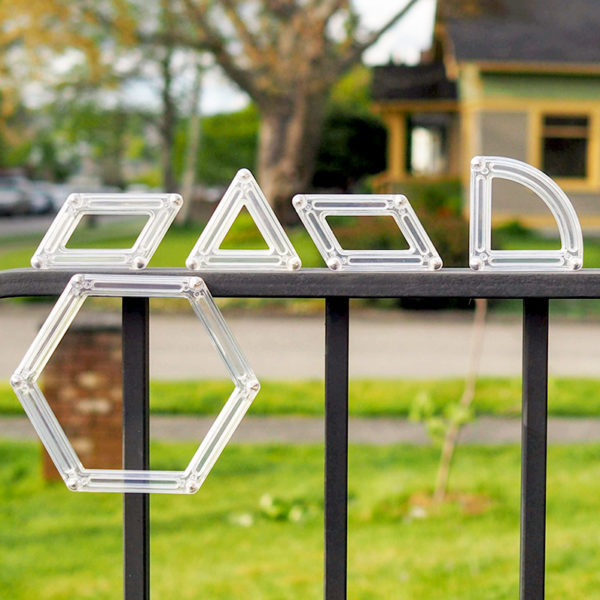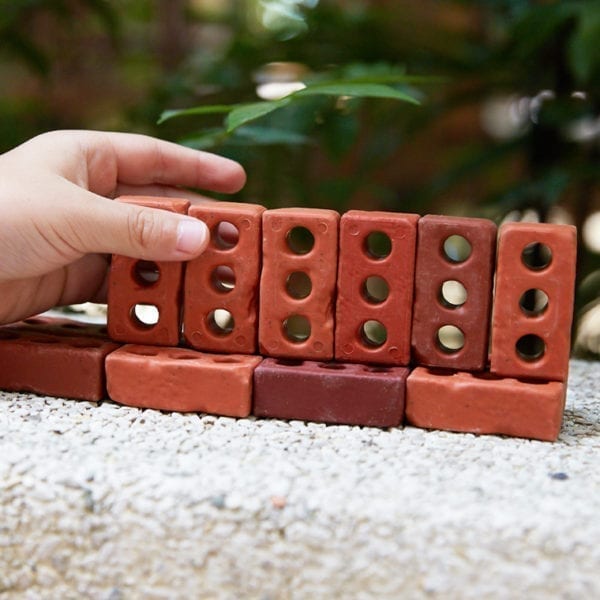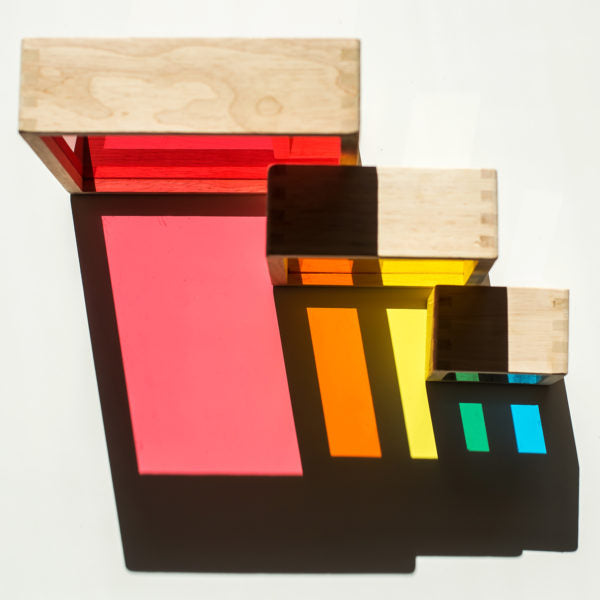Everyday Materials Have the Capacity to be Playful
The world is a naturally playful place. Children don’t need to be in a playroom or at a park to explore playfully. In fact, they’re often playing when we don’t have time, and when it definitely doesn’t go along with our adult agenda. This is because children will find the inherent playfulness of all materials and environments if they are given the chance.
Open-ended toys give kids those opportunities by simply offering to be more than one thing. I think it’s appropriate to climb one step higher with creative possibilities by incorporating everyday materials into the mix of playthings. Even everyday materials have the capacity to be playful, and we should encourage children’s explorations of things that aren’t necessarily in the “toy” category. Exploring everyday materials requires some creative and innovative thinking, giving new life to cardboard tubes and tile spacers as kids engage in the process of making their play personal and meaningful.

When we consider this new life for some everyday objects, we see that our homes are already filled with playful things; and if you open your mind to toys interacting with open-ended, everyday objects, a whole new spectrum of play can come out. Little Bricks and game pieces; Arches and Tunnels with some stones and animal figurines: the play possibilities increase when we invite children to play with everyday objects alongside treasured toys.
What makes a “non-toy” into an ideal plaything? An open-ended nature.
The object can have more than one life, and be used in multiple ways. Often this is just a mindset: a child might see more potential than we do. A cardboard box is a classic example of something that doesn’t need to change physically to be incorporated into endless play scenarios. Pairing a small box with a few more compliments, like kid-friendly tape and familiar toys, increases those open-ended choices.
Sparking curiosity. Certain materials have lives that are well defined. A puzzle implies its finished form, and crayons imply mark-making. But an object with some curious mystery that requires imagination for engagement: those spark curiosity, they beg to be explored using the senses. Little boxes, tile spacers, baskets: these items aren’t in your typical toy box, and that makes them all the more curious, begging to be manipulated and become part of a child’s play.

Durability. Objects that can be explored without directives like “don’t do that”or “be careful” are always my favorite: they allow me to relax control over children’s play and just let them explore. Making durable objects available also means more success for kids as they iterate their ideas: durable objects won’t let them down. Little Bricks can live inside or outside; arches can withstand movement and experimentation; a treasure block can be manipulated over and over again. Durability means that materials can take the experimentation kids are inclined to participate in: manipulating and trying as they figure out how to get where they are trying to go.
We can recognize the same three qualities in open-ended toys like Treasure Blocks. The best toys and materials leave room for imagination. Children are drawn to play, even if we haven’t invited them explicitly. They will combine ideas: they’ll add tape to little bricks or create a playful landscape with whatever playful things are available. We adults are often the keepers of the objects, deciding what is available: we can make that a playful process for ourselves. Try to say yes, and be open about what is available for kids to access themselves.
Your next step: grab a little box and look in your home for playful objects that might be incorporated into play. What might you already have that you can add to the playful toys that kids are already using?
